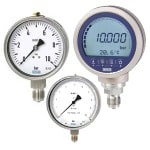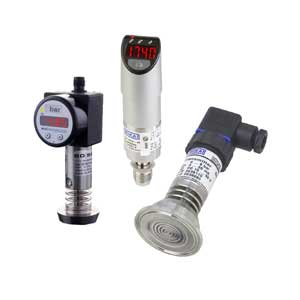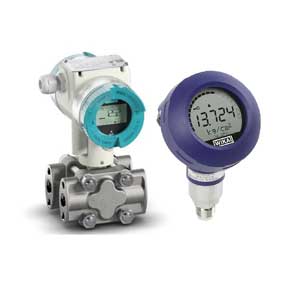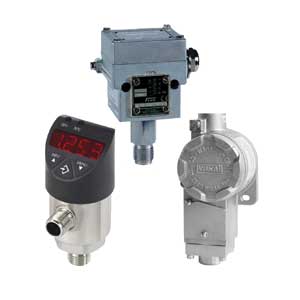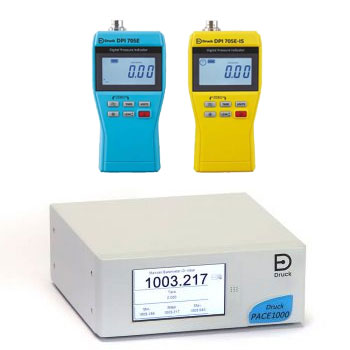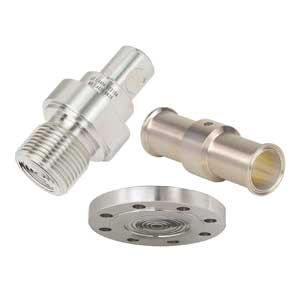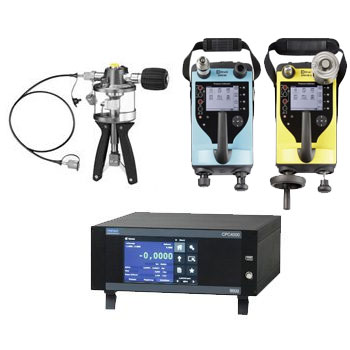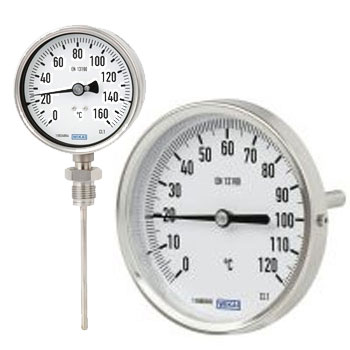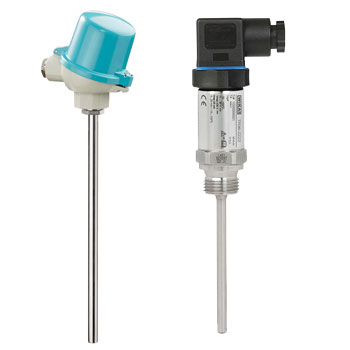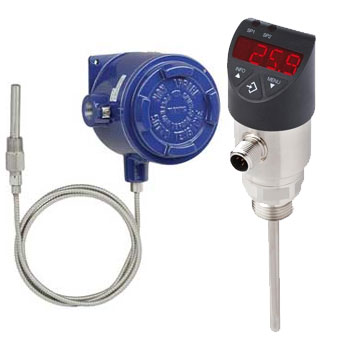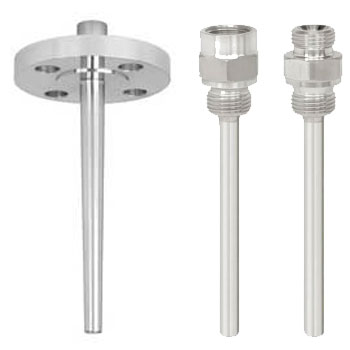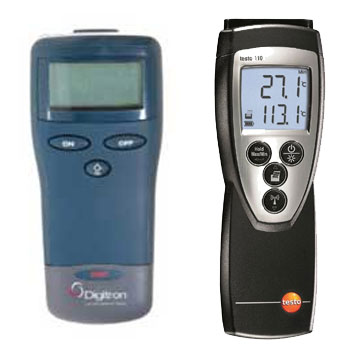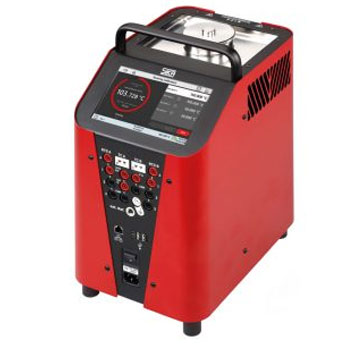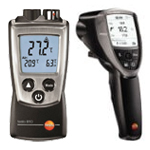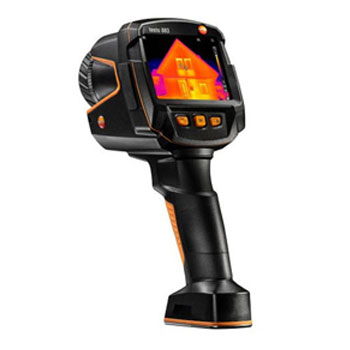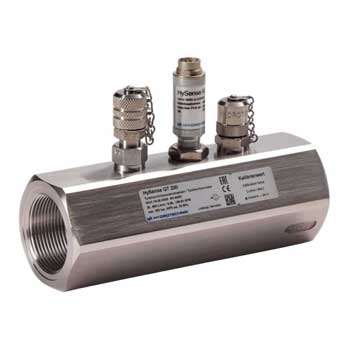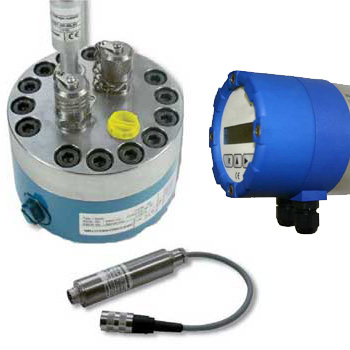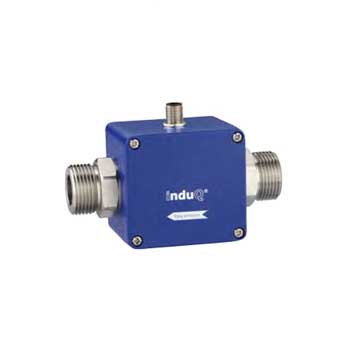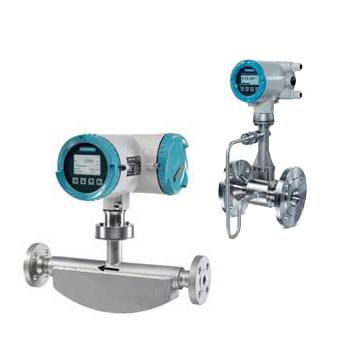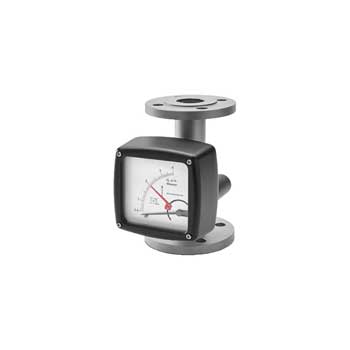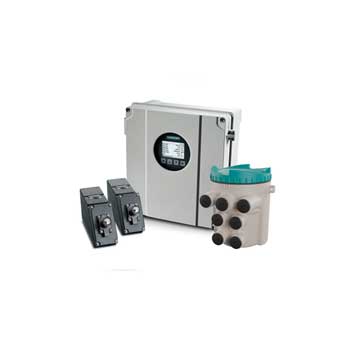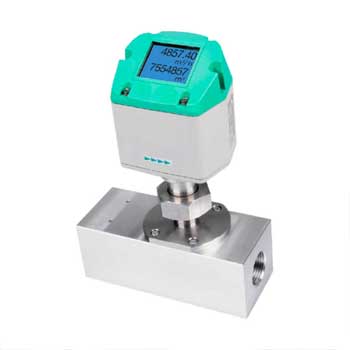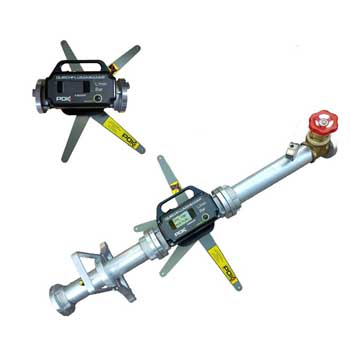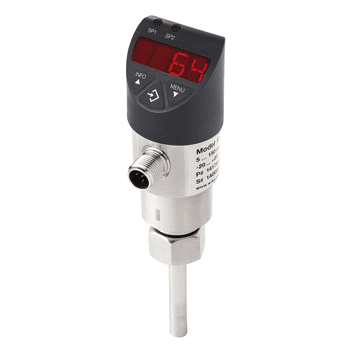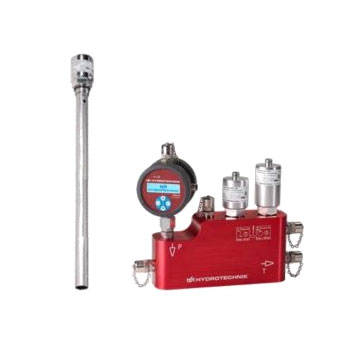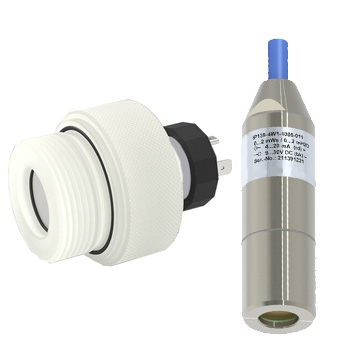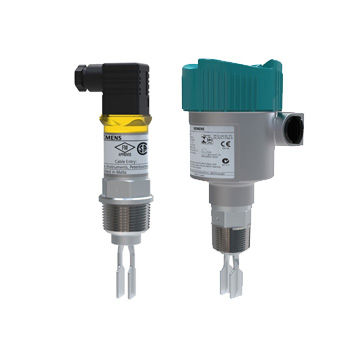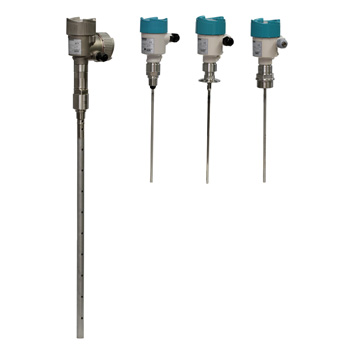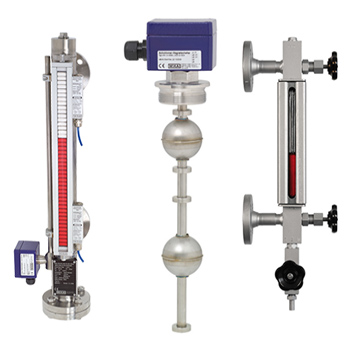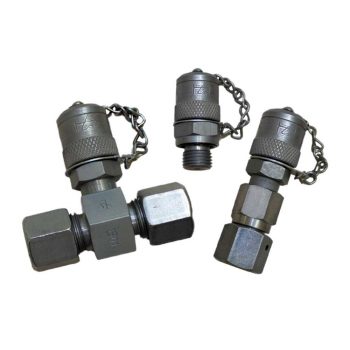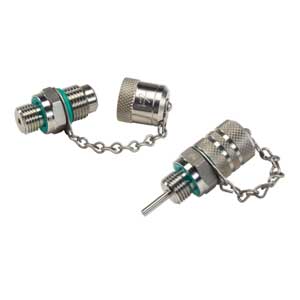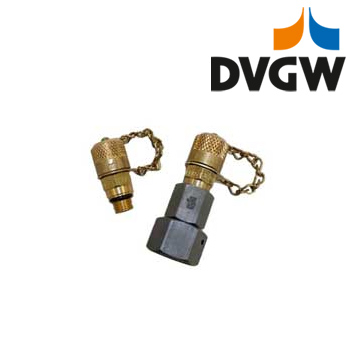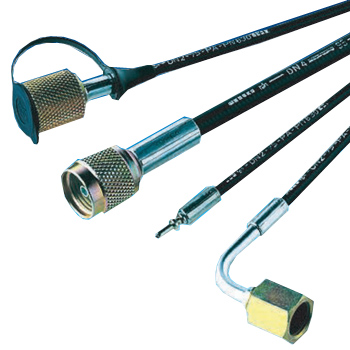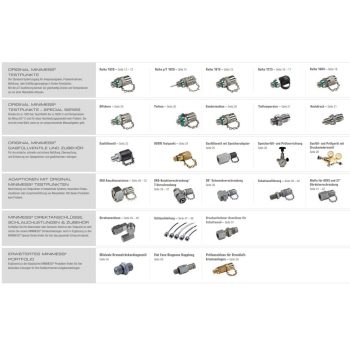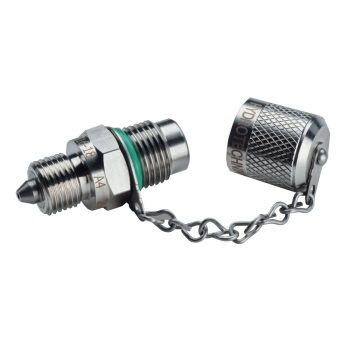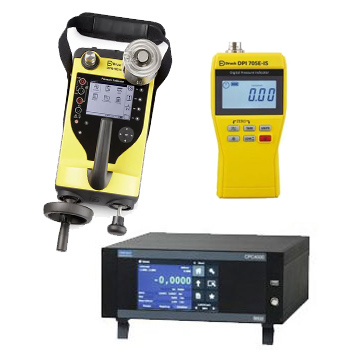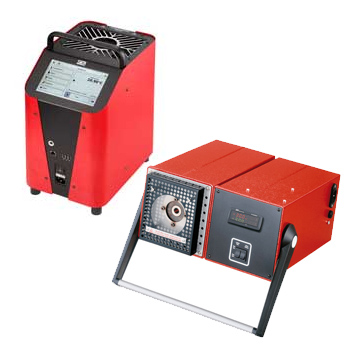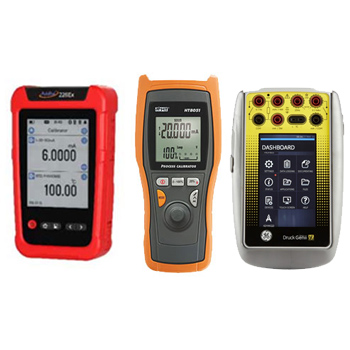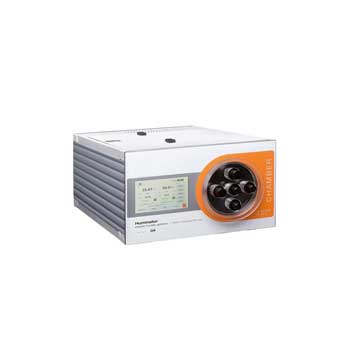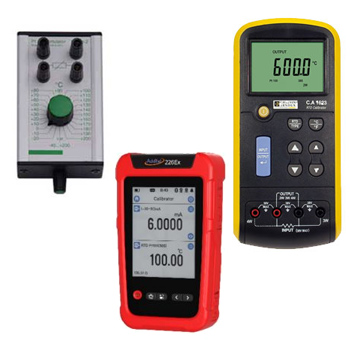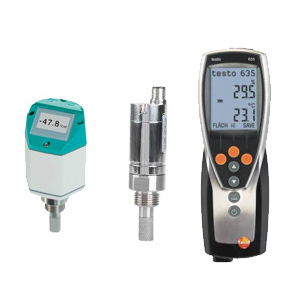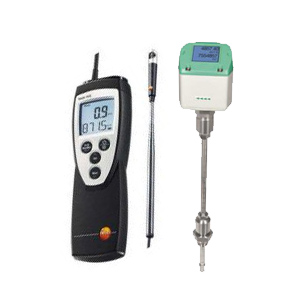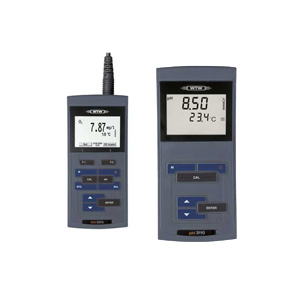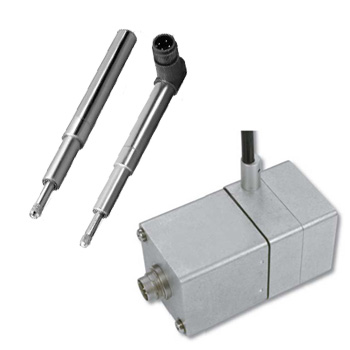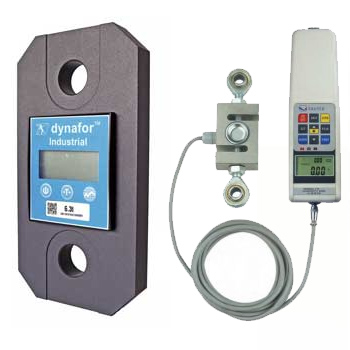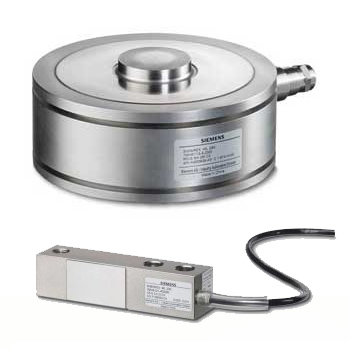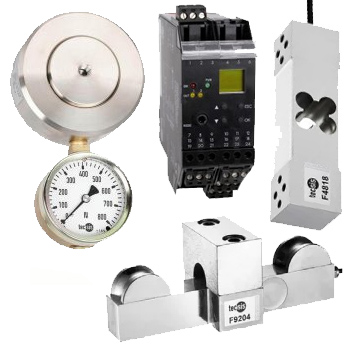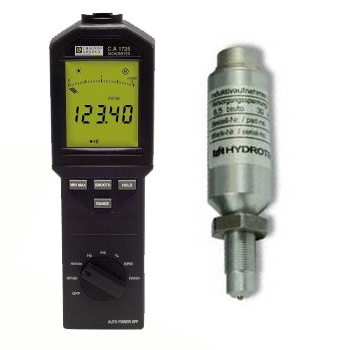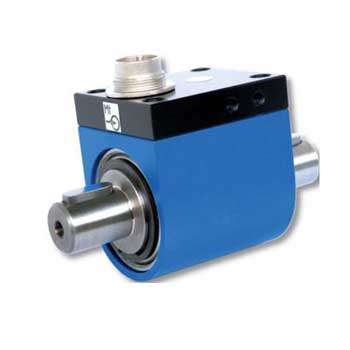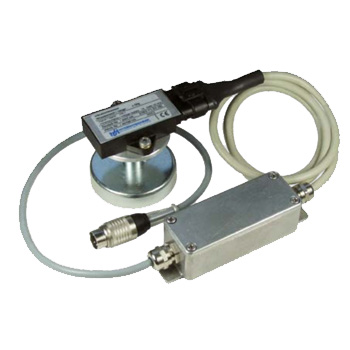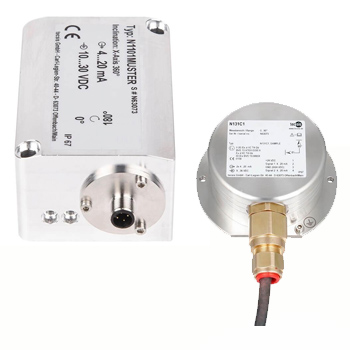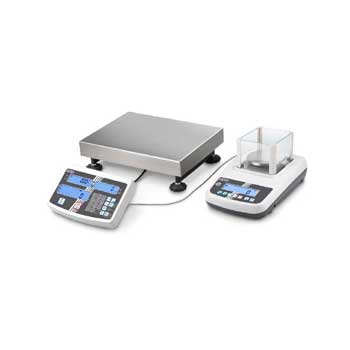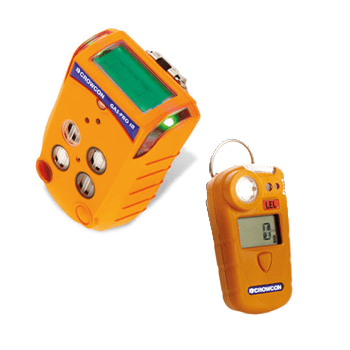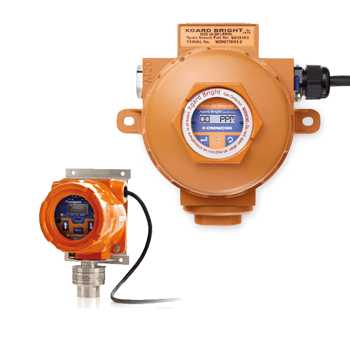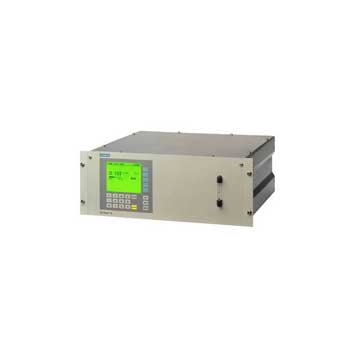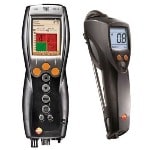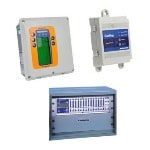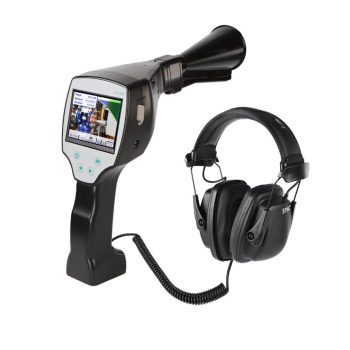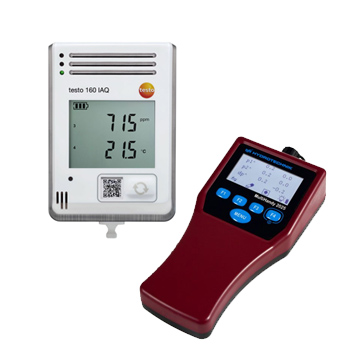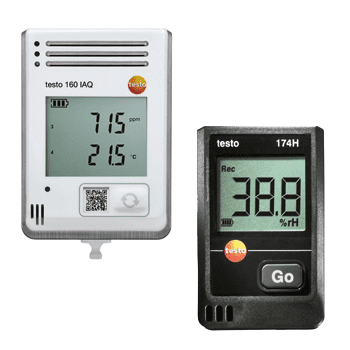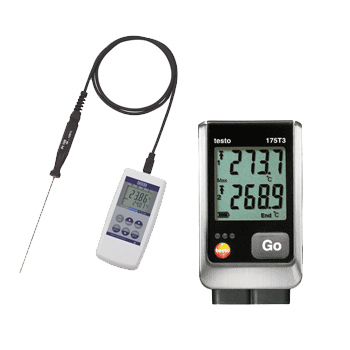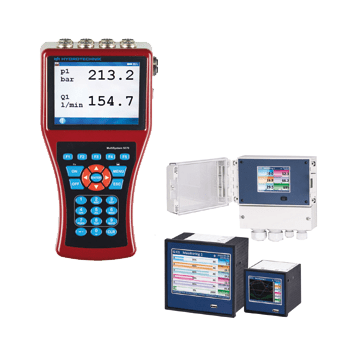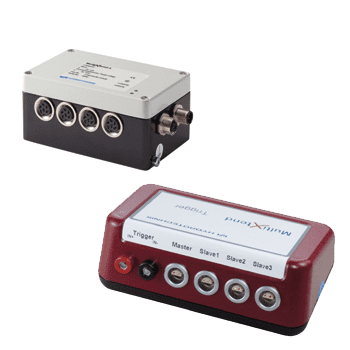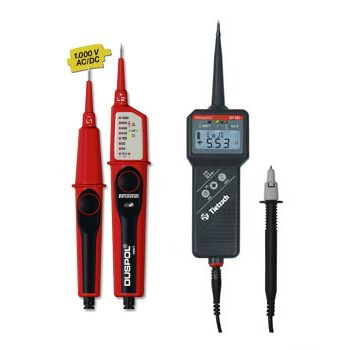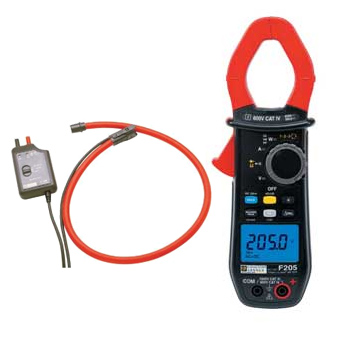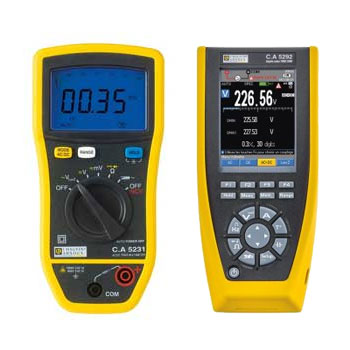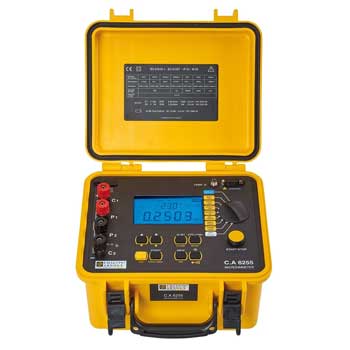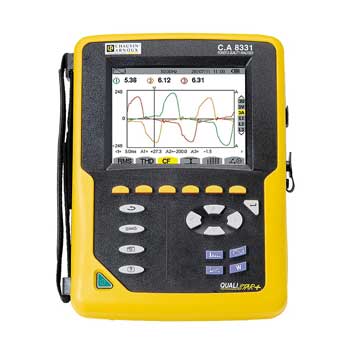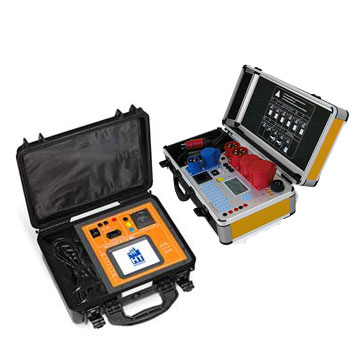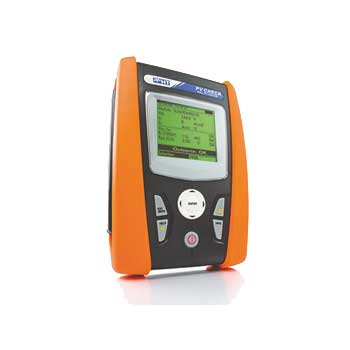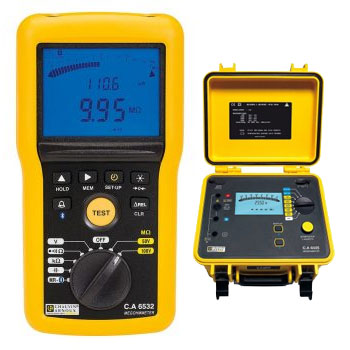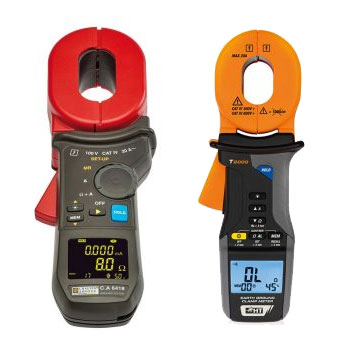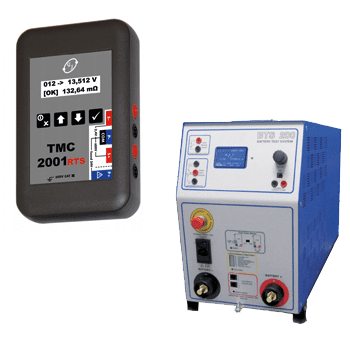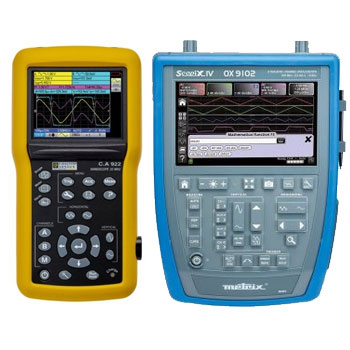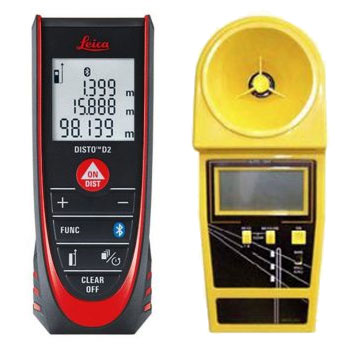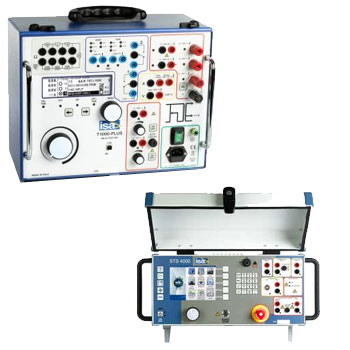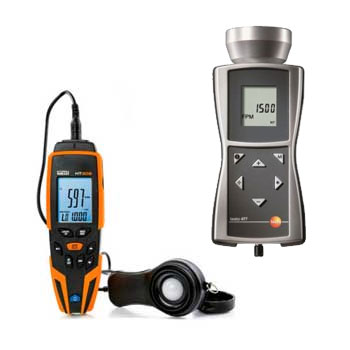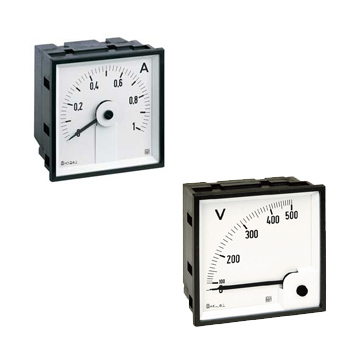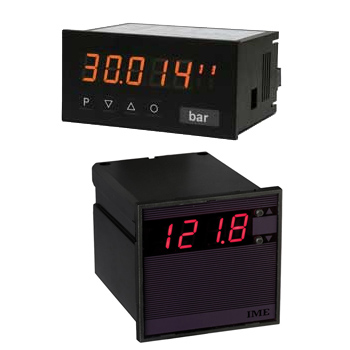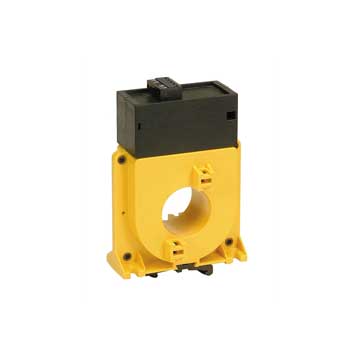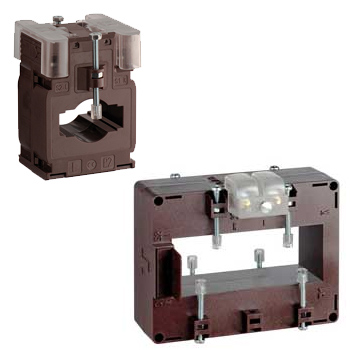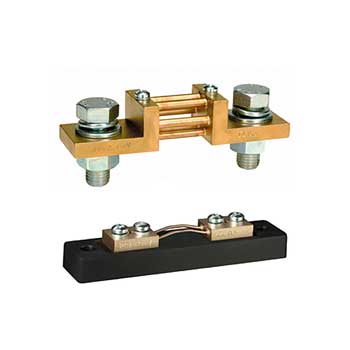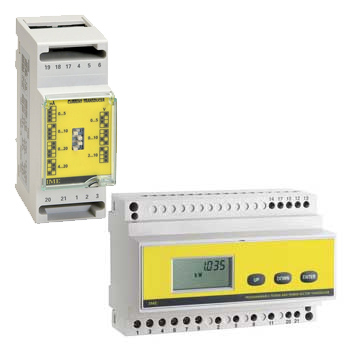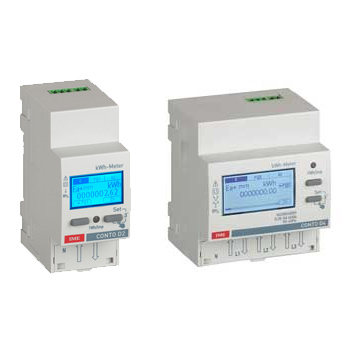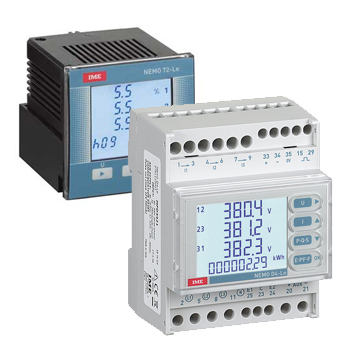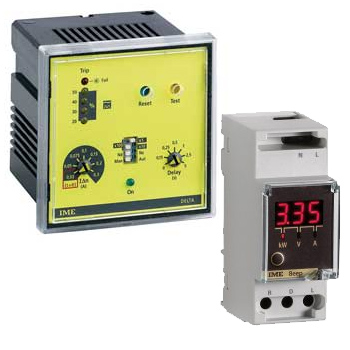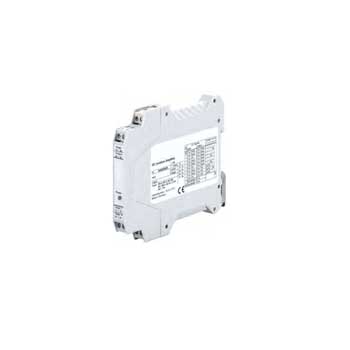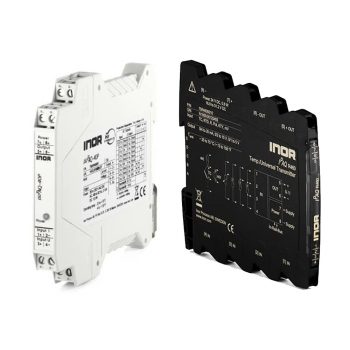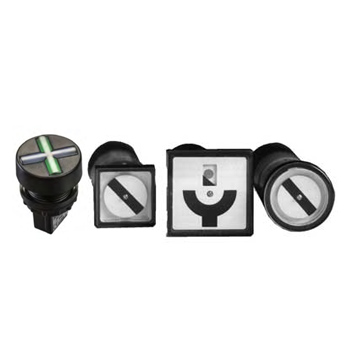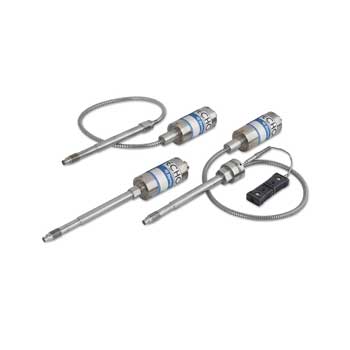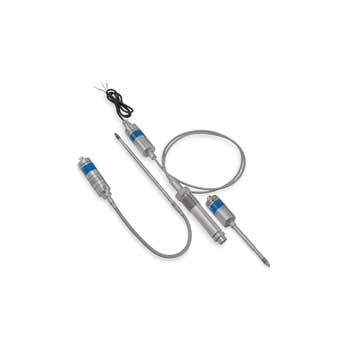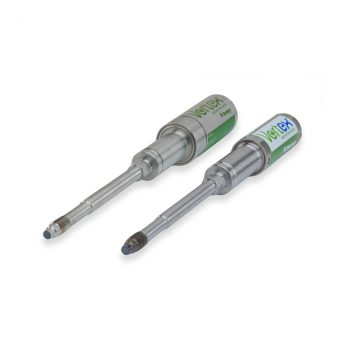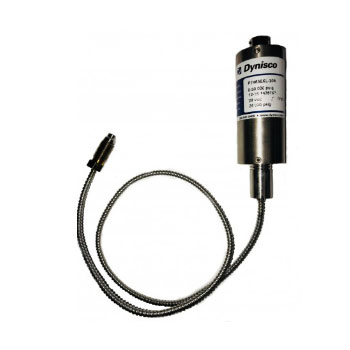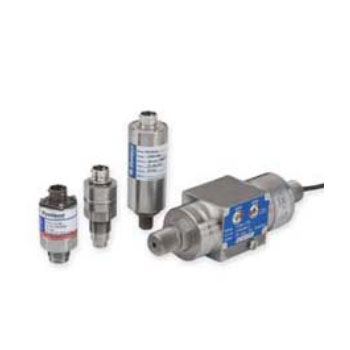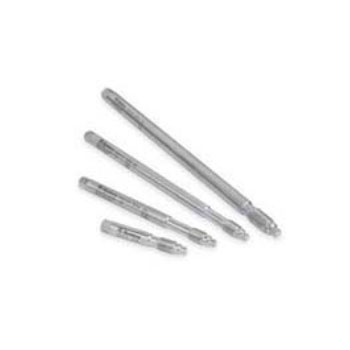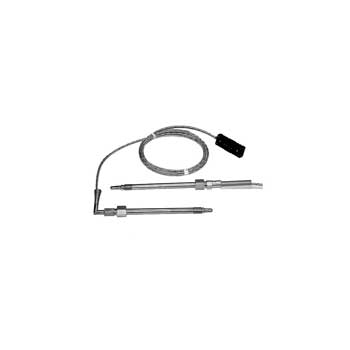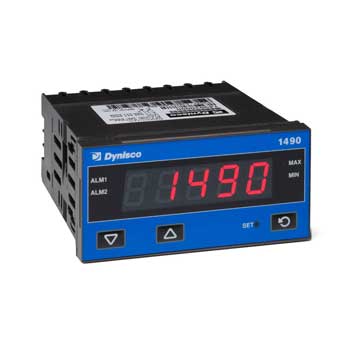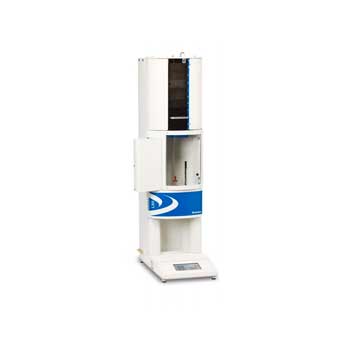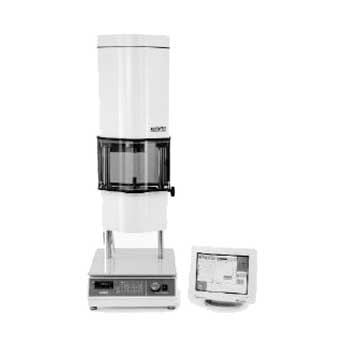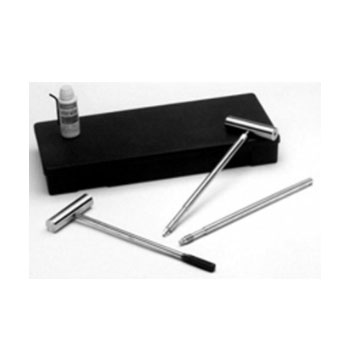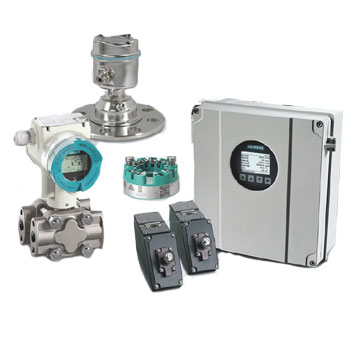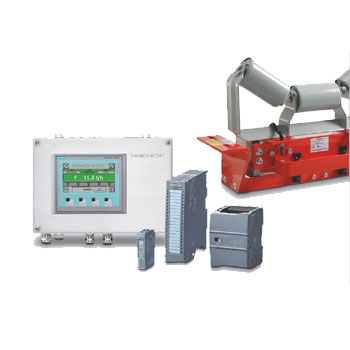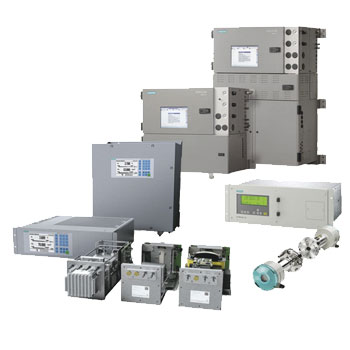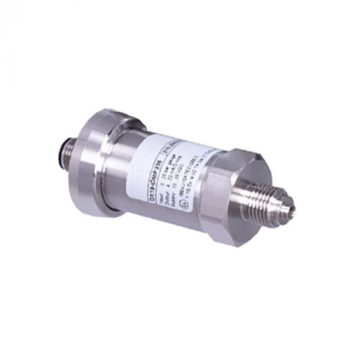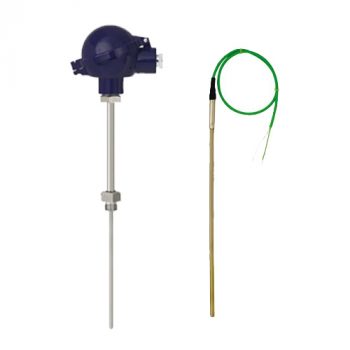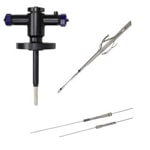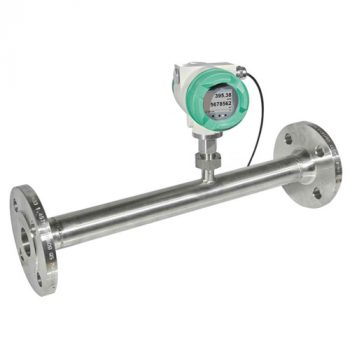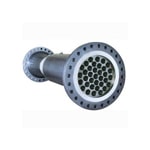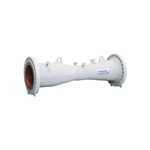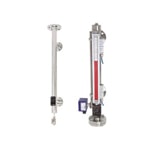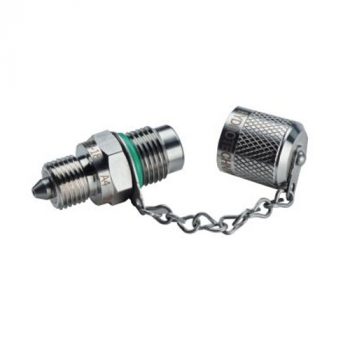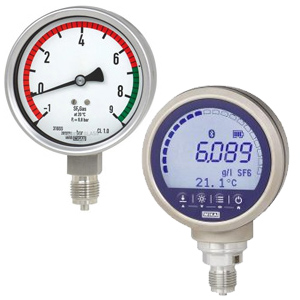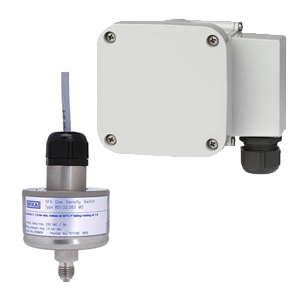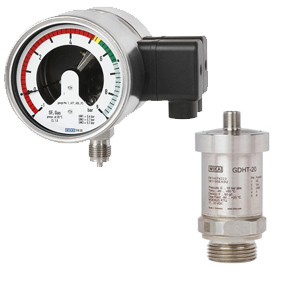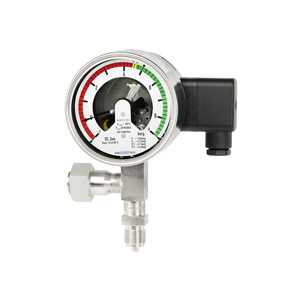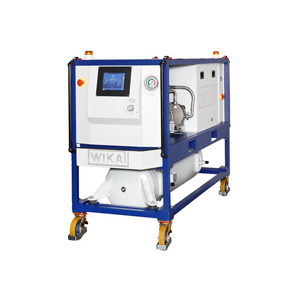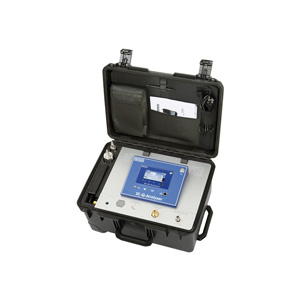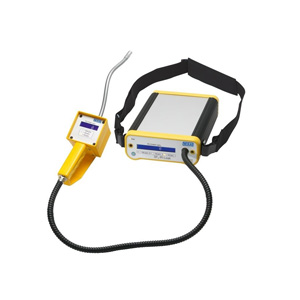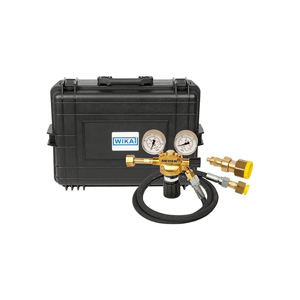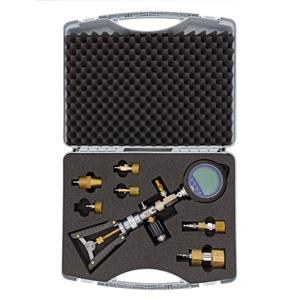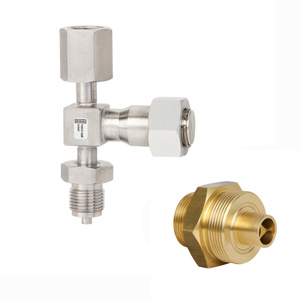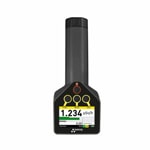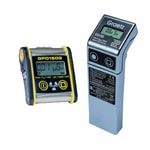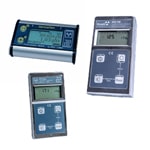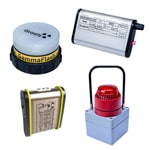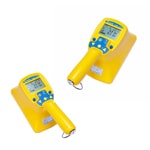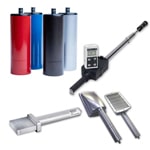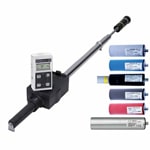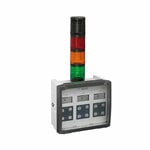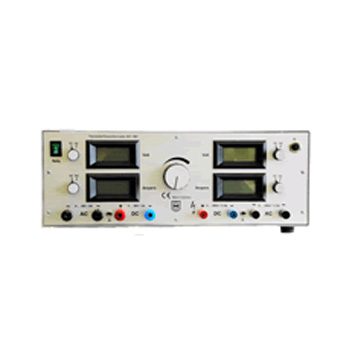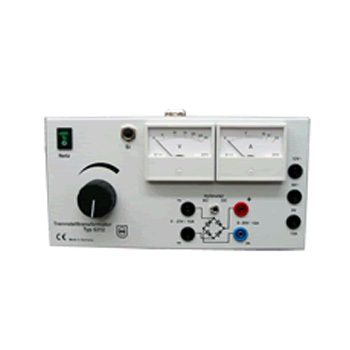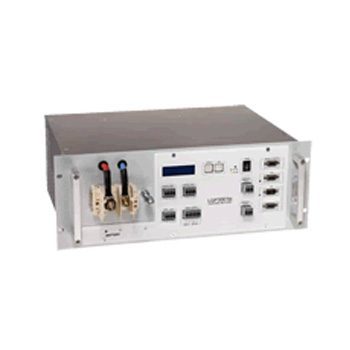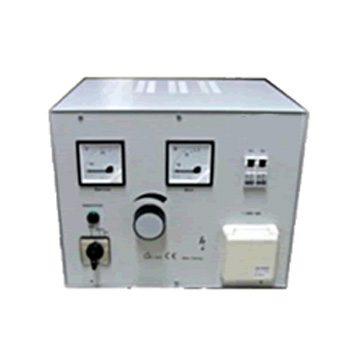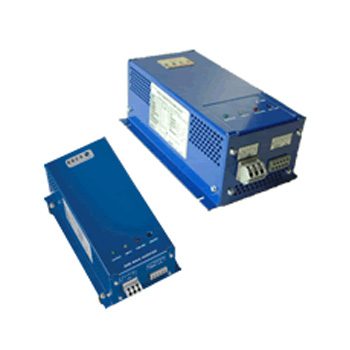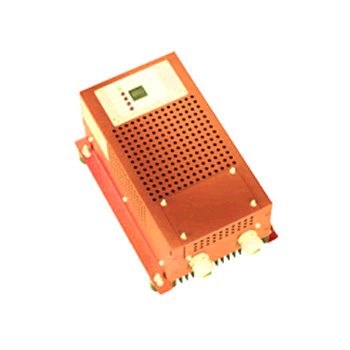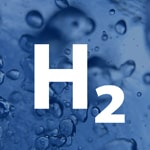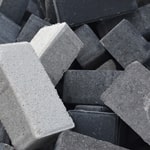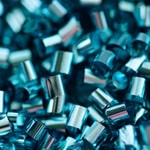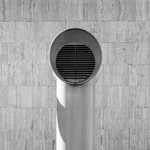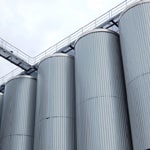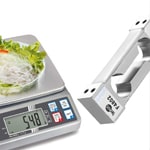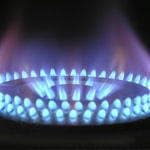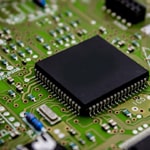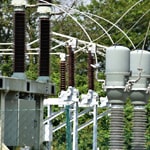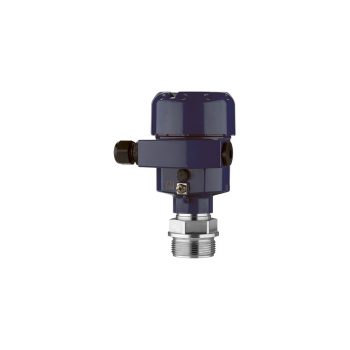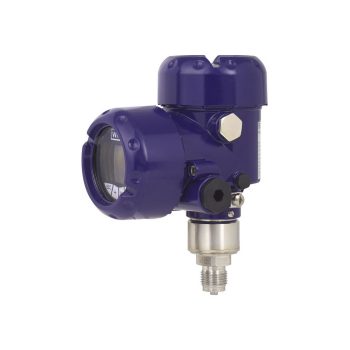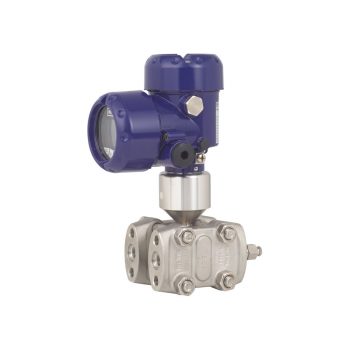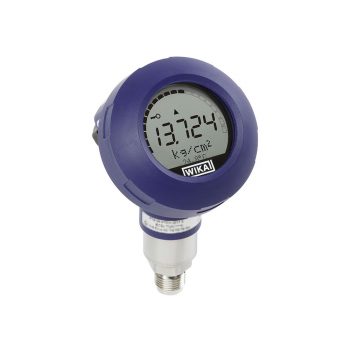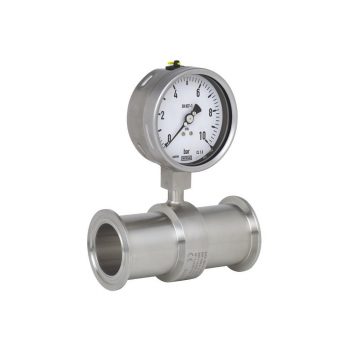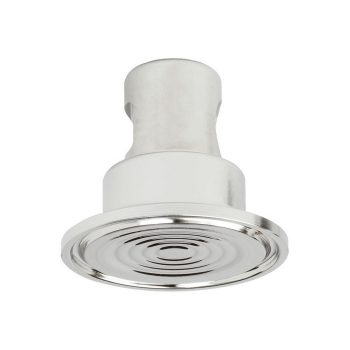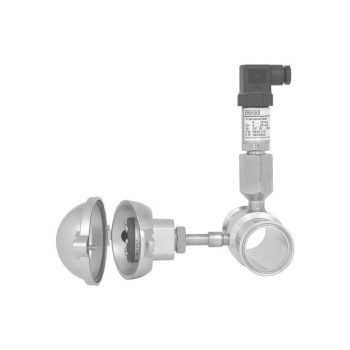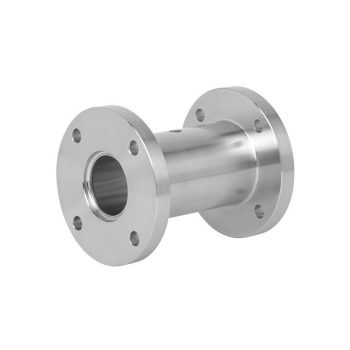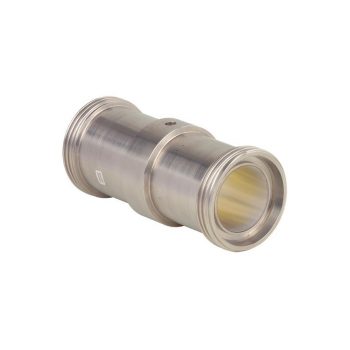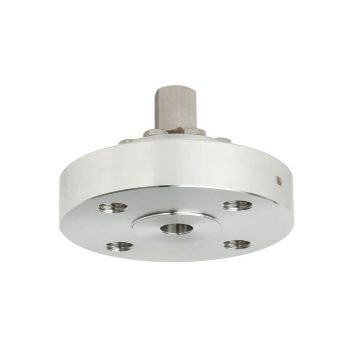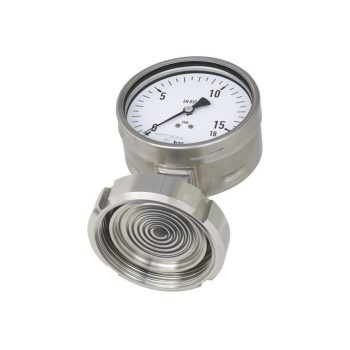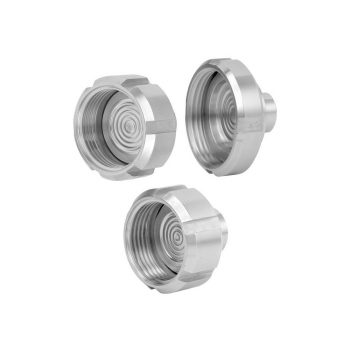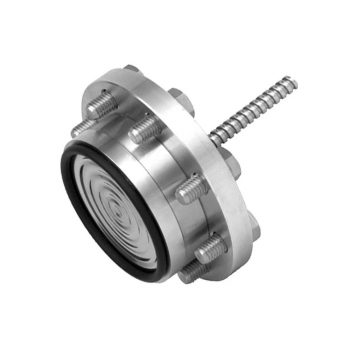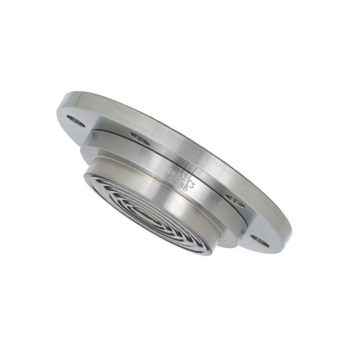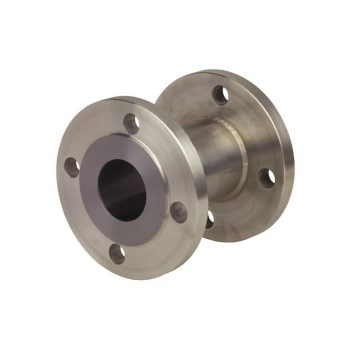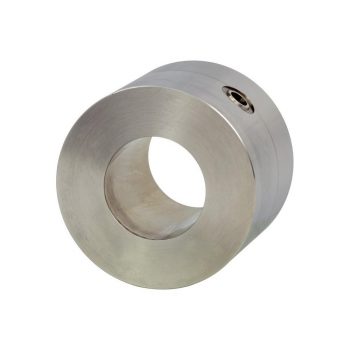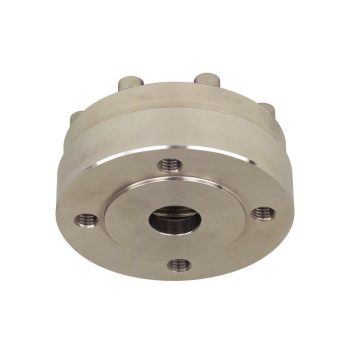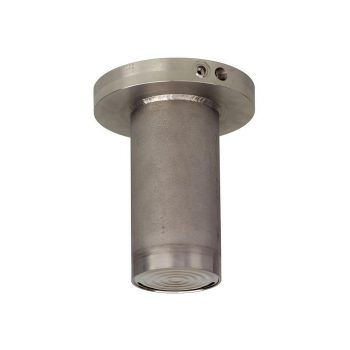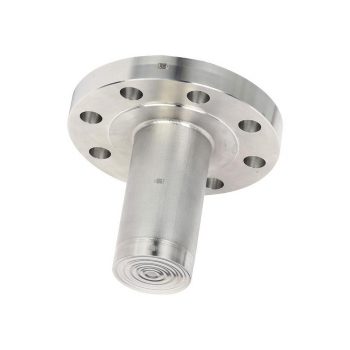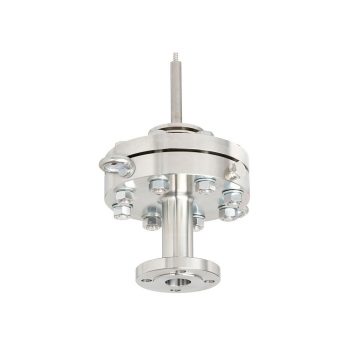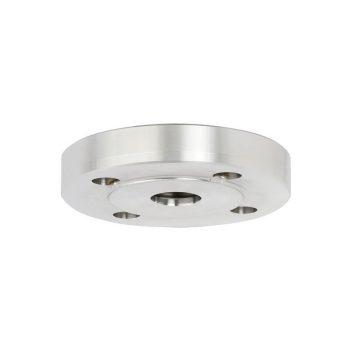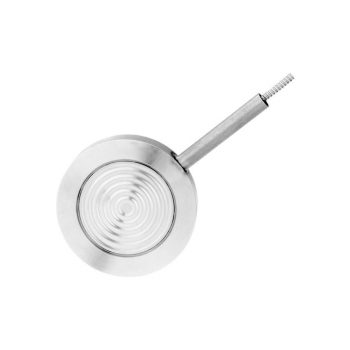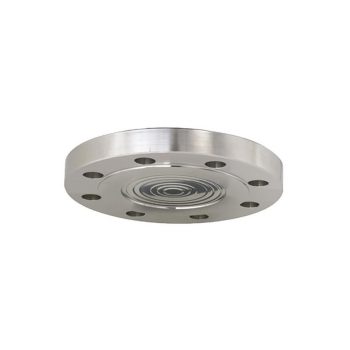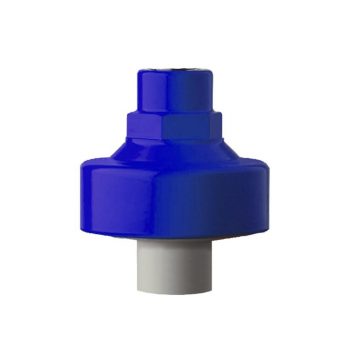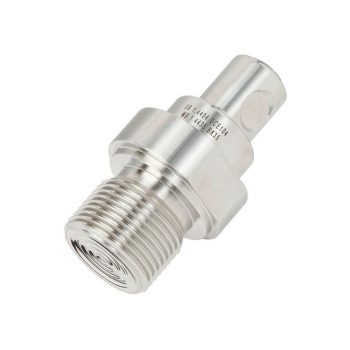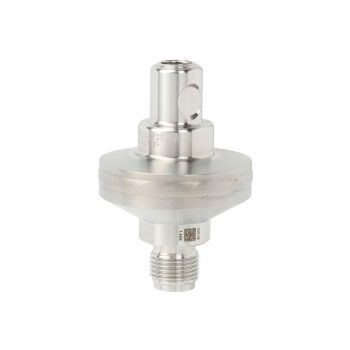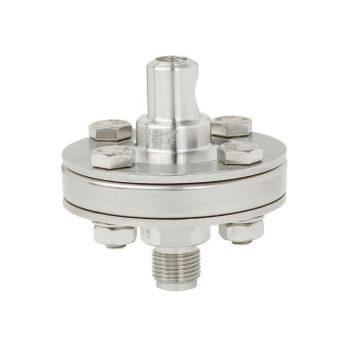
The demands on process applications are becoming increasingly complex, and measuring instruments must meet the highest standards and function reliably—even under harsh environmental conditions or when in contact with aggressive media. In industries such as chemicals, petrochemicals, oil and gas, and hydrogen applications, coatings are often essential. They enhance product durability, performance, and functionality, thus contributing to process efficiency and safety.
What types of coatings are available?
For the parts of measuring instruments that come into contact with the media, a wide range of special materials and coatings are available for specific applications. These include:
| Coating Material | Applications | Properties |
|---|---|---|
| Gold | Hydrogen applications | Creates a barrier against H2 molecules, prevents hydrogen permeation |
| ECTFE | Chemicals, petrochemicals | Resistant to common acids and alkalis, high-temperature resistance |
| CrNi Steel with PFA | Oil and gas industry, chemicals | Resistance to chemicals, high-temperature resistance, antistatic properties |
| Wikaramic® | Pulp and paper industry, abrasive processes | Abrasion-resistant, suitable for flush-mounted diaphragm seals, high mechanical strength |
When is it recommended to use a coating?
Coatings are particularly advisable when precise measurement of challenging media is required. These challenging media include aggressive, corrosive, abrasive, highly viscous, heterogeneous, toxic, hot, or aseptic substances. These media place high demands on the material of the measuring instruments, which can be protected by suitable coatings.
How does a coating work?
During the coating process, a thin layer of one material is applied to the surface of another material. This layer acts as a protective barrier between the structural material and the environment. In the world of measuring instruments, this means that usually only the parts that come into direct contact with the media are coated. For diaphragm seals or process transmitters, it is therefore advisable to coat the diaphragm. WIKA applies coatings in precise nuances to conserve resources while providing optimal protection.
Advantages of coatings
Coatings such as ECTFE, PFA (antistatic and FDA-compliant), or gold are applied precisely where needed. This minimizes costs and conserves resources. For example, coatings with CrNi steel, gold, or Wikaramic® allow diaphragm seal tops or media-contacting parts of a diaphragm seal with a flange connection (e.g., WIKA type 990.27) to be used at a maximum permissible operating temperature of 400 °C (752 °F).
However, it should be noted that the maximum permissible operating temperature of the diaphragm seal system is limited by the joining technology, the system fill fluid, and the measuring instrument. For example, a diaphragm coated with ECTFE is resistant to common acids and alkalis, which is often necessary in the chemicals or petrochemicals industries. CrNi steel with an antistatic PFA coating is resistant to chemicals and can withstand high temperatures, making this coating ideal for the oil and gas industry. Wikaramic® is particularly recommended for flush-mounted diaphragm seals in the pulp and paper industry or for processes with abrasive media.
Gold coating for hydrogen applications
An excursion into the application of gold coatings shows that a coated diaphragm, whether on a measuring instrument or a diaphragm seal, is standard at high temperatures and corresponding concentration gradients. The gold coating acts as a "barrier" for H2 molecules and significantly slows down the process of hydrogen permeation. This ensures the integrity and functionality of the measuring instruments in hydrogen applications.
Conclusion
The choice of material and coating for the media-contacting parts of measuring instruments strongly depends on the application conditions. In addition to temperature requirements, the pressure load and resistance to the media must be considered. Suitable coatings not only contribute to the longevity and reliability of the measuring instruments but also ensure that precise and consistent measurements can be made, which is crucial for product quality and safety in various industries.
By understanding the different coatings and their applications, companies can make informed decisions to optimize their processes and maximize the lifespan of their measuring instruments.
Process Transmitters
Process engineering | Chemical industry | Petrochemical industry

 Datasheet Datasheet
|
 User Manual User Manual
|
 User Manual User Manual
|
 User Manual User Manual
|
- Multi-functional display
- Simple menu navigation
- Conductive plastic case
- Large LC display, rotatable
- Approvals for hazardous areas

 Datasheet Datasheet |
 User Manual User Manual |
Diaphragm Seals
- Dead-space free, direct installation in pipes
- Easy to open, self-draining in all mounting positions
- Quick cleaning, without residue
- Suitable for COP, SIP and CIP
- Autoclavable version
 Datasheet Datasheet |
 User Manual User Manual |
- For cleaning easy to open
- Quick cleaning of measuring point, without residue
- Suitable for SIP and CIP
- 3-A certified
- Flush, welded diaphragm
 Datasheet Datasheet |
 User Manual User Manual |
- Pressure and temperature measurement in one measuring location
- Completely round diaphragm (European Patent No. 0609846) to avoid dead spaces
- Self-draining in all mounting positions
- Quick measuring point cleaning without residues
- Suitable for SIP and CIP
 Datasheet Datasheet |
 User Manual User Manual |
- Dead-space free installation in pipes
- Self-draining in all mounting positions
- Quick cleaning, without residue
- Suitable for SIP and CIP
- EHEDG-certified and 3-A-compliant
 Datasheet Datasheet |
 User Manual User Manual |
- For direct, quickly removable installation in pipelines
- Self-draining in all mounting positions
- Quick cleaning, without residue
- Suitable for COP, SIP and CIP
- Dead-space free installation in pipes
 Datasheet Datasheet |
 User Manual User Manual |
- High pressures up to PN 400 / class 2.500
- Flange with internal welded diaphragm
- Small process connections
- Flushing connections optionally available
 Datasheet Datasheet |
 User Manual User Manual |
- Quick cleaning, without residue
- Suitable for SIP and CIP
- EHEDG certified and 3-A compliant
- Certified hygienic design
 Datasheet Datasheet |
 User Manual User Manual |
- For cleaning easy to remove
- Quick cleaning of measuring point, without residue
- Suitable for cleaning out of place (COP)
- 3-A compliant
 Datasheet Datasheet |
 User Manual User Manual |
- Flush diaphragm
- Process connection to provide for direct threaded connection with block flange or saddle flange
 Datasheet Datasheet |
 User Manual User Manual |
- Completely round, no corners and edges
- For direct installation between two flanges
- Wide choice of special materials
 Datasheet Datasheet |
 User Manual User Manual |
- Completely round, no corners and edges
- For direct installation between two flanges
- Wide choice of special materials
 Datasheet Datasheet |
 User Manual User Manual |
- Internal diaphragm with large working volume
- Special materials available
- Low temperature error due to large diaphragm diameter (realisation of low measuring ranges possible)
- Wide temperature application range due to large working volume
- Integrated flushing connections (optional)
 Datasheet Datasheet |
 User Manual User Manual |
- Intermediate flange (diaphragm seal cell) with extended diaphragm
- Versions for all common standards and nominal widths available
- When special materials are selected, all wetted parts are made of the selected material
 Datasheet Datasheet |
 User Manual User Manual |
- Flange with extended welded diaphragm
- Common standards and nominal widths available
- When special materials are selected, all wetted parts are made of the selected material
- Robust, all welded design
 Datasheet Datasheet |
 User Manual User Manual |
- Common standards and nominal widths available
- When special materials are selected, all wetted parts are made of the selected material
- Version with integrated flushing connections available
 Datasheet Datasheet |
 User Manual User Manual |
- Compact cell-type
- Intermediate flange with flush diaphragm
- Common standards and nominal widths available
- Wide variety of different materials and material combinations
- Instrument connection via radial gauge adapter
 Datasheet Datasheet |
 User Manual User Manual |
- Flange with flush welded diaphragm
- Common standards and nominal widths available
- Wide variety of different materials and material combinations
 Datasheet Datasheet |
 User Manual User Manual |
- Threaded connection for screwing in directly
- Flush diaphragm with compact dimensions
- High pressures for the process industry
- Version with protective plate for increased wear resistance
- Vacuum measuring ranges
 Datasheet Datasheet |
 User Manual User Manual |
- Process connection with thread
- Version with internal diaphragm, diaphragm seal parts fully welded
- Large selection of process connections and materials
- Flushing connections optionally available
- High pressures up to 1,000 bar [14,500 psi] can be achieved
 Datasheet Datasheet |
 User Manual User Manual |
- Process connection with thread
- Version with internal diaphragm, diaphragm seal parts screwed together
- Large selection of process connections and materials
- Flushing connections optionally available
 Datasheet Datasheet |
 User Manual User Manual |

